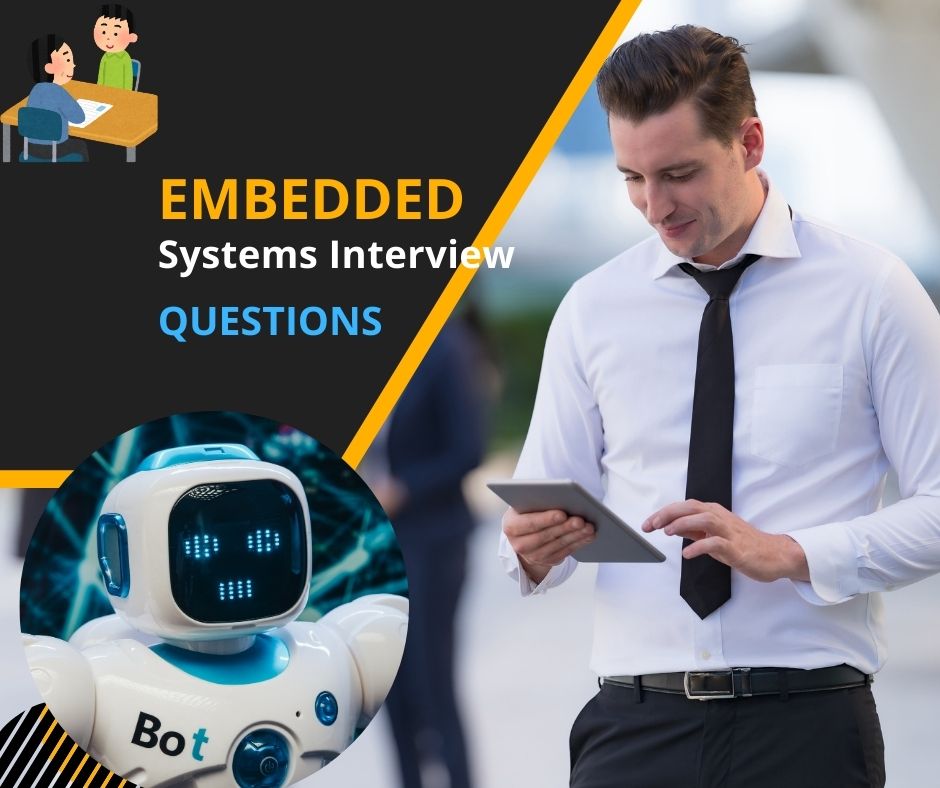Welcome to your Embedded Systems Demystified – Discover the Most Popular Interview Questions
1.
Which of the following statements about CAN message prioritization is true?
2.
Which CAN error occurs when two or more nodes start transmitting at the same time?
3.
Which of the following CAN versions supports Flexible Data-rate (FD)?
4.
What is the maximum number of nodes that can be connected to a CAN bus?
5.
Which CAN frame type allows a node to request data from another node?
6.
What is return of ISR?
7.
Which of following V ref of ADC can provide better resolution
8.
What is the identifier length in CAN2.0 and CAN FD
9.
SMT32 device can fetch instruction from
10.
Which of following is try for ADC sampling frequency
11.
Which register is used to enable LSE clock in STM32
12.
What type of bus topology does CAN typically use?
13.
What is byte order in I2C
14.
What does a DMA controller do?
15.
Which of the following is the basic functions of a timer
16.
How can stack/heap memory can change
17.
Which of the following CAN frame fields contains the priority of the message?
18.
Which of the following CAN frame types is used for time-critical data?
19.
Which of the following is a standard CAN frame format?
20.
Which of the following is a valid reason for a CAN node to go into the "Bus Off" state?
22.
Maximum switch case allow in MISRA
23.
CAN uses which coding scheme for error detection?
24.
Which of the following is handshake signal
25.
Which of the following is not an error detection mechanism used in CAN?
26.
Which of following is not true in timer operation
28.
What is the role of a CAN controller?
29.
What is maximum data length in CAN and CAN FD
30.
Which layer of the OSI model does CAN protocol primarily operate on?
31.
in application programming support
32.
MISRA not allow below expression val = fun1() + fun2()
33.
Which of the following is a characteristic of CAN communication?

